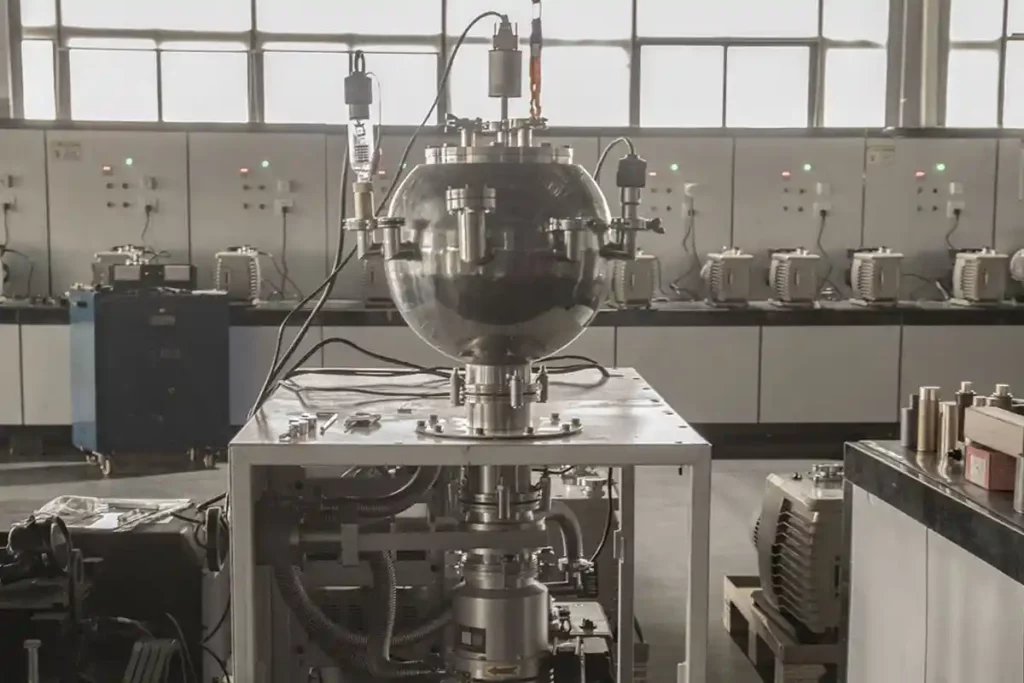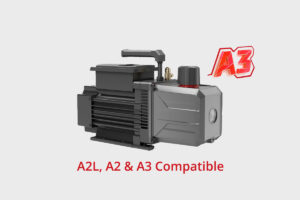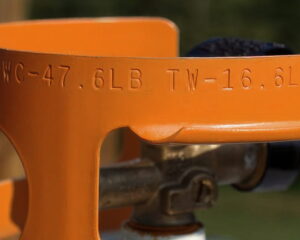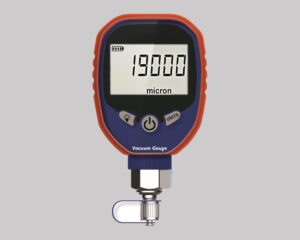Selecting a vacuum pump isn’t just about checking specs or chasing the lowest pressure number. It’s about matching the pump’s capabilities to your unique needs. While technical terms like “ultimate pressure” dominate product sheets, they rarely tell the full story. Let’s explore how to avoid common pitfalls and find a pump that actually works for your application.
Why Ultimate Pressure Alone Will Mislead You
Ultimate pressure—the lowest stable pressure a pump can achieve—sounds impressive on paper. But here’s the catch: operating a pump near this limit is like running a car engine at redline. It’s technically possible, but wildly inefficient.
For instance, a pump rated for 0.1 mbar might only reach that pressure after hours of operation, with its gas-handling speed plummeting to near zero. If your process requires a steady 1 mbar, that same pump could struggle to maintain pressure as gas molecules trickle into the system. Over time, this inefficiency leads to pressure creep, wasted energy, and premature wear.
Key Takeaway: Treat ultimate pressure as a reference, not a target.
Vacuum Range of Common Mechanical Vacuum Pumps
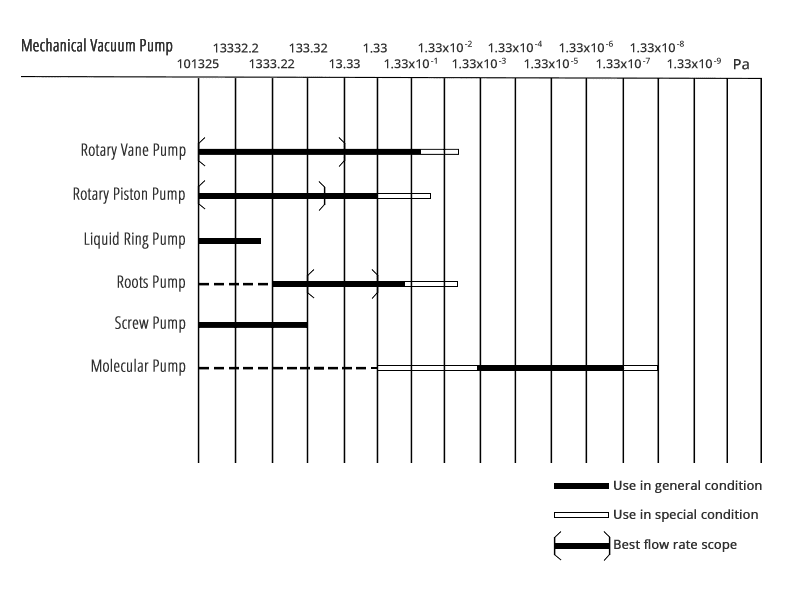
The Hidden Power of Pumping Speed
Pumping speed—the rate at which a pump removes gas—is the unsung hero of vacuum performance. Imagine two pumps with identical ultimate pressure ratings. Pump A removes gas at 10 liters per second at 1 mbar, while Pump B manages only 2 liters per second. Even if both reach 0.1 mbar eventually, Pump A will maintain your desired pressure range far more effectively.
To visualize this, manufacturers provide performance curves showing how pumping speed changes across pressure ranges. A steep drop in speed near the ultimate pressure confirms that the pump becomes ineffective there. Look for a curve that stays relatively flat in your required operating zone.
Practical Example:
If your lab process operates at 1 mbar, a pump with a 10 m³/h speed at 1 mbar and an ultimate pressure of 0.01 mbar will outperform one with a 0.1 mbar ultimate pressure but only 2 m³/h speed at 1 mbar.
How to Decode Pump Types for Your Needs
Not all pumps thrive in the same pressure ranges. Here’s a quick guide:
- Rotary Vane Pumps: Reliable workhorses for medium vacuum (1 mbar to 0.001 mbar), ideal for freeze dryers or analytical instruments.
- Diaphragm Pumps: Oil-free and low-maintenance, perfect for rough vacuum (1000 mbar to 1 mbar) in clean environments.
- Turbomolecular Pumps: High-vacuum specialists (below 0.0001 mbar) for semiconductor manufacturing or advanced research.
Pro Tip: Pair pumps for demanding applications. A rotary vane pump can back a turbomolecular pump, combining roughing and high-vacuum capabilities.
3 Mistakes Even Experts Make (and How to Avoid Them)
- Overlooking Gas Compatibility: Water vapor? Aggressive chemicals? Oil-sealed pumps can degrade with certain gases. Opt for dry pumps or corrosion-resistant coatings.
- Ignoring Maintenance Realities: A pump requiring weekly oil changes might save upfront costs but increase downtime.
- Forgetting About Noise: A 75-decibel pump in a small lab will drown out conversations. Look for models with noise-dampening housings.
Real-World Application: A Case Study
A biotech startup needed a vacuum system for lyophilizing vaccines. Their initial choice—a high-ultimate-pressure turbomolecular pump—failed because it couldn’t handle the constant water vapor load. Switching to a hybrid system (rotary vane + cold trap) solved the problem by maintaining stable 0.5 mbar pressure while managing moisture.
Your Step-by-Step Selection Checklist
- Define your working pressure range (e.g., 10 mbar to 0.1 mbar).
- Calculate required pumping speed using your system’s gas load.
- Cross-check manufacturer performance curves.
- Factor in gas type, maintenance, and environmental conditions.
Performance curve of single-stage rotary vane vacuum pumps
Summary
Choosing a vacuum pump isn’t a specs showdown. It’s a compatibility test. By prioritizing pumping speed, understanding performance curves, and aligning pump types with your operational needs, you’ll avoid costly mismatches. Remember: the best pump isn’t the one with the flashiest numbers, but the one that disappears into the background while doing its job flawlessly.
- Coolink: TOP 3 Global HVAC Vacuum Pump Manufacturer
- Elitevak: Quality Industrial Vacuum Pump Supplier from China

